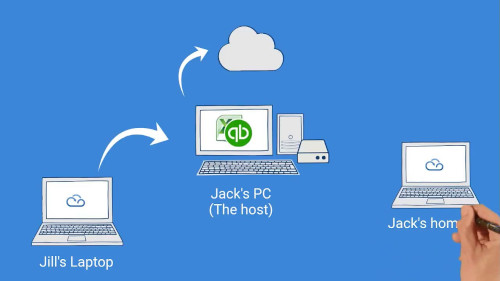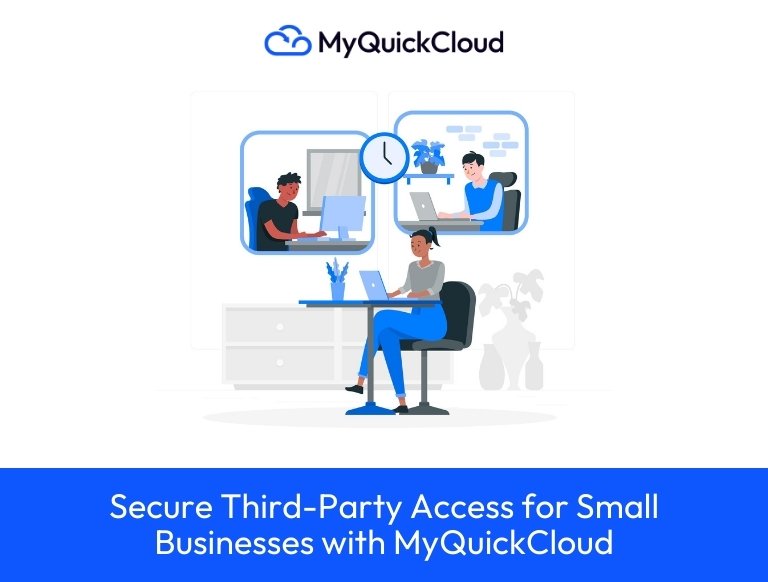In recent years, organizations have taken several steps to increase flexibility.
In this regard, BYOD, or Bring Your Own Device, is one of the most popular practices.
An employee can work from home or anywhere else using their own device with BYOD. Saving money and increasing productivity are some of the main benefits of BYOD for businesses.
The purpose of this article is to discuss the pros and cons of BYOD, along with how to implement the system successfully in your company. Additionally, we’ll discuss the BYOD cons and how to deal with them.
Major Advantages of BYOD
Instead of using a company-provided device, employees can use their own devices such as laptops, mobile phones, tablets, iPads, etc.
In recent years, the system has gained popularity, especially among small and medium businesses, due to its increased flexibility.
Here are a few benefits of BYOD:
1. Enhances employee productivity
As a result of working on their own devices, 42% of Bullock survey respondents were more productive and efficient.
There are several reasons for high productivity, including:
A. A reduction in training
The operating system, functions, etc., of employees’ devices are better familiarized since they also use them during non-working hours. Employees do not have to be tutored in using the device because of this.
B. A greater degree of customization
Employees have more freedom to modify and design their own devices.
Customizing the laptop’s exterior and interior enhances their experience and productivity.
For example, an employee using their personal laptop can upgrade their RAM from 4 GB to 8GB to run many software simultaneously.
Employees can also buy their own device if it meets their needs.
Graphic designers, for example, may prefer 360-degree foldable laptops. Due to its high cost, the organization may not be able to provide it.
C. Convenience
An employee-owned device means that employees have all their data, software, etc., on one device. The same device can be used to navigate from one tab to another, attend meetings, check personal emails, etc.
In this way, they can maintain their work-life balance while saving time and effort juggling between devices.
Employees who are more productive listening to music may use an iPod instead of downloading music apps to their office laptops. Two devices to manage simultaneously can distract them from their work and reduce their productivity.
Employees with BYOD can download music apps on their laptops and listen to them while working.
D. It saves you time
Employees using a BYOD system save 37 minutes per week, according to a study by Mordor Intelligence.
In what way?
With a smartphone or tablet, employees can take client calls, arrange meetings, reschedule shifts based on leaves, and perform other tasks instantly.
They don’t have to wait until they reach the office to respond to emails or schedule meetings with BYOD.
Work-life balance can be maintained by employees utilizing the saved time for other tasks.
2. Cost-savings
With BYOD, companies with 500 or fewer employees can save up to 14% over two years, according to a Samsung Insights study.
The BYOD model can save you money in the following ways:
A. Buying new devices is not necessary
As a result of BYOD, end users are responsible for purchasing, maintaining, or updating their own devices, reducing the overall expenditures of the company.
B. Provides a reduction in monthly Internet costs
Corporate data plans are usually expensive, so companies subscribe to them. Additionally, employees may not fully utilize the internet plan, resulting in data and money waste.
Rather, by implementing BYOD, companies can ask employees to subscribe to data plans at their own expense and reimburse them when the data is used for work purposes.
3. An increase in employee satisfaction
By allowing employees to work from anywhere at any time, BYOD gives them more control over their work. Employee engagement and satisfaction are significantly increased.
The system allows employees to work outside the office as well. Having the option to work from home allows them to put in extra hours to meet deadlines.
Since employees use the same device for both personal and office work, they can easily switch between tasks (provided the BYOD policy allows). As a result, their morale and satisfaction can be further enhanced.
4. Technology and access to new devices
It is more likely that employees will keep their devices updated because they are attached to them. Whenever available, smart devices with the latest technology can also be purchased.
Let’s say a fashion designer upgraded to an iPad Pro from their ordinary device.
Designers can use the iPad Pro’s edge-to-edge display to get a better idea of their designs if their employers have BYOD programs.
5. Communicate more easily
Because company devices aren’t with employees after working hours, they will not check emails or messages. During urgent situations after work, this could make it difficult for their colleagues to communicate with them.
Employees, however, can use their work-personal devices to communicate whenever needed in a BYOD system.
Furthermore, employees who are constantly on the move may not find it feasible to carry multiple devices. They can install apps and software on their own devices through the BYOD system.
With a single easy-to-carry device like a phone, they can communicate with colleagues, report the progress of field projects, and manage attendance, among other functions.
6. Enhances employee-employer trust
When it comes to using a device during working hours, most companies have strict guidelines. Morale can be reduced when employees feel controlled.
The workplace might not restrict employees from bringing their own devices, but they might sneak them in nonetheless.
A BYOD policy lets your employees know you trust them, which may increase their loyalty. Furthermore, in an emergency, they can use their device for personal use.





